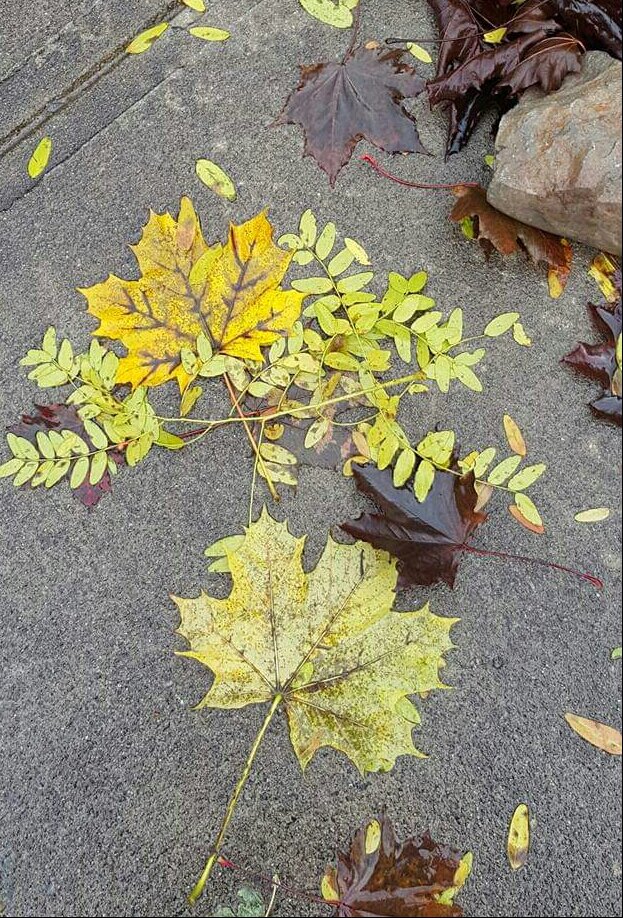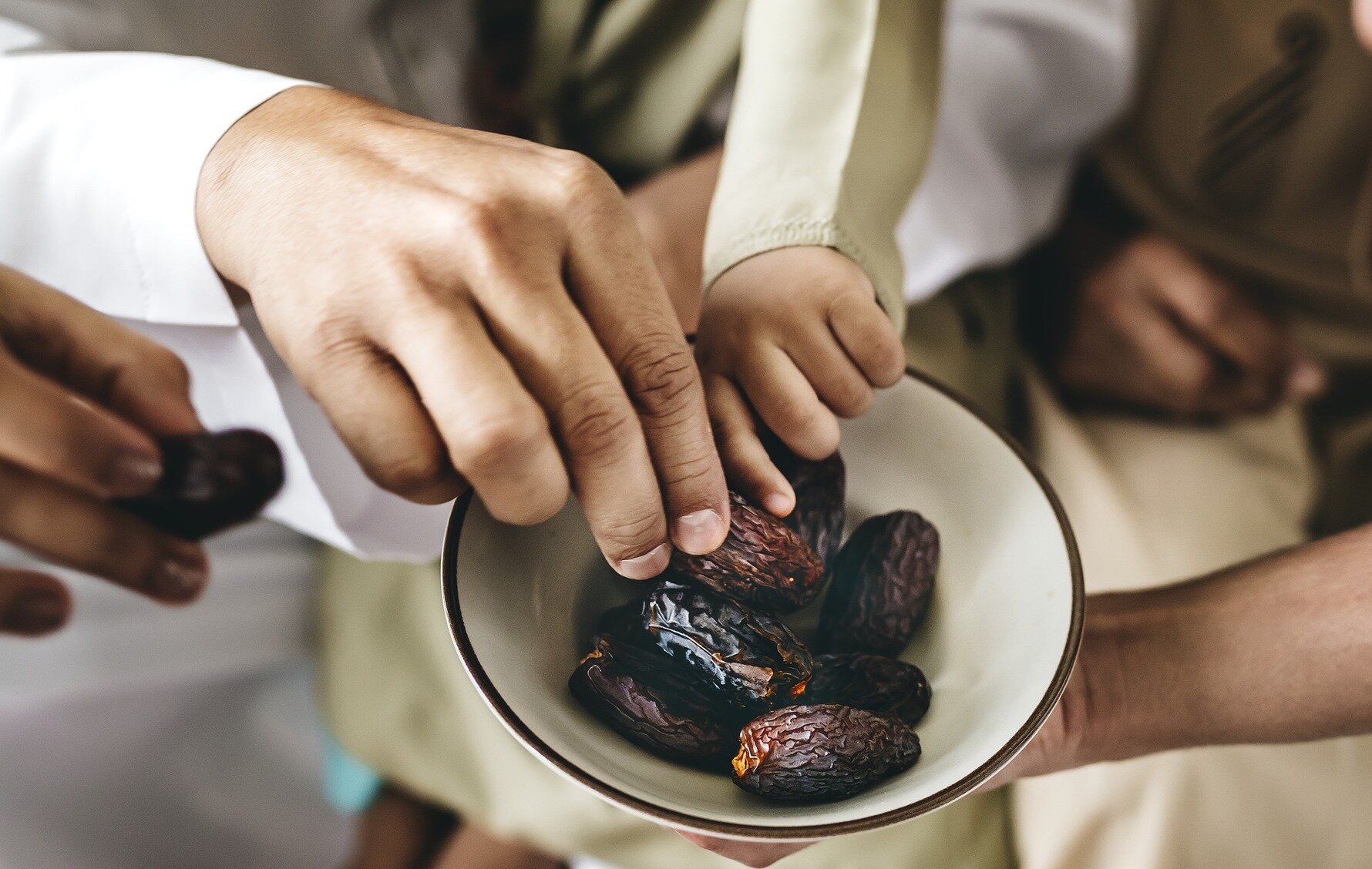Remembering Coyote
I’m forgetting the stories of Coyote, not the cartoons with the road running bird, the bird we think is as fast as wind, but the real coyote. I forget the stories in the people tongue, not in the pictures in my head.
“Don’t worry,” Edgar, my cousin, tell me. “They’ll come back when you go back home.”
Home is Shiprock, where the purple, green and red sky remembers me and my language. Home is where my people still grow corn and water it by hand.
“Not that you’ve helped,” Irma says on the phone. Irma is my great-grandmother. She still hasn’t forgiven me for marrying Pablo and running away to Arizona. Not the people’s land in Arizona, but Phoenix, where there is work. Pablo erects big buildings with iron structures and makes enough money to feed me and our three boys: Joe (6), Caleb (4), and Gabe (18 months old). Pablo says Irma hates him and will never forgive him. I don’t tell him he’s right.
He drives us to Shiprock anyway, in his 2010 Chevrolet Silverado 1500, a truck he loves as much as he loves me. I don’t care. I don’t need a lot of love. Love is overrated anyway.
***
We stop at the Giant gas station outside of Sanders, Arizona. I can feel the family I have—the ones who are buried in Houck, a place we call Maʼiitoʼí—rising up from the land and trying to enter the bottom of my feet. I get Gabe out of his car seat.
“Your Aunt lives just over there, right?” Pablo asks me as he starts to fill up our tank. He points toward Maʼiitoʼí.
“Yes,” I say. Joe and Caleb are asleep but I wake them up to use the bathroom. If I don’t, Caleb will pee his pants.
“Do you want to go see her?” Pablo asks. I know he’s trying to stall. He doesn’t want to spend too much time with Irma and her husband, Ted, in Shiprock. I want to get to Irma’s as soon as I can because she thinks we’re coming for dinner. I don’t tell Pablo this.
“We need to get there before dark,” I say. “Because we still have to check into our hotel in Farmington, right?”
“Yeah,” Pablo answers. He’s watching the digital readout of the gas pump. His truck drinks more than an old man who’s just lost his wife.
***
We’re on the old Route 66, in Apache County, but this is Dine land. I think the whites named the county Apache County because Lewis and Clark or some other white tribe couldn’t believe how large the Dine were. The Apache and Dine were rounded up here, put on a big farm by an Army base, and told to get along.
The whites told the people they had to round us up and train us to be farmers. That’s what I heard anyway, which is a big joke. Didn’t the whites have to be taught by the Native people to be farmers?
Anyway, they put our peoples together, tribes that were as different as red and blue corn, but it didn’t matter to them. To them, we were still corn. They ate corn. The white men love eating corn. They tried to eat all of us—they tried to eat up all of our lands and they almost did.
Irma tells me that some old women that were rounded up swore they would haunt the whites and their families forever. Now everybody says Route 66 is haunted, and there are so many accidents there. Irma knows it’s the old women who died but wouldn’t die. The old women who chose to starve to death rather than eat the white man’s food. The women swore to be ghosts and never rest in their tribal lands in peace. Never, never.
As I go inside the Giant store, I hear the tongue of the Dine—Navajo is what they call us now—being spoken by people buying chips, drinks, and beef jerky inside.
Coyote meets us at the bathrooms. He’s switched the men and women signs on the bathroom doors, and a man runs out of the women’s bathroom, shamed and humiliated. Women are screaming inside. He zips up his fly. There is a urine stain on his front.
Joe and Caleb are wiping sleep out of their eyes, but they laugh. They look up at me like it’s all a big joke, but I scowl at them.
Never laugh at a white man, I start to say—that’s what Irma always told me—but I realize they don’t speak Navajo. A young teenager, snickering in the corner, points at the embarrassed, urine-stained man.
“Dude!” he says to him. “Did you just go pee in the ladies?”
Hello, Coyote
***
Irma serves us corned-beef hash and green beans from cans. She wouldn’t have ordered lamb from the butcher for this dinner, and if she did, she would never serve it to Pablo. The table is her long, wooden picnic table that usually lives outside. The weather is nice enough, but Irma brought the table in the house to show Pablo she’s no fool and knows how to eat with knives and forks. The table is so big and bulky that it’s up against the sink on one side, and pushes up against a window, where Pablo is sitting. I know the seating is like this on purpose. Irma is at one end of the table, next to the sink, so she can reach things on the counter. Pablo is sitting underneath the window so he can feel the slow chill as the sun sets and the breeze starts to whistle through its uninsulated frame. Irma has decorated the window with curtains made out of pink sheets, and they push against Pablo’s big shoulders like long braids.
She speaks Navajo to me.
“There is a place for you to sleep in the back,” she says.
She feeds Gabe corned-beef from a small wooden spoon, the same one she used to feed me with. Gabe eats on her lap like Irma is someone he sees every day, but this is the first time I’ve been back home since any of my children have been born. Joe and Caleb are as jittery as birds, and they watch Irma and Ted like they’re a strange YouTube video. I can feel the weight of Pablo’s gaze and Irma’s expectations hanging on me, like steel balls hanging from a yoke, strapped to my back. I know the “place to sleep” Irma is talking about. It’s a shed that Ted built for my mother when she came home from jail. He bought a pre-fabricated kit from his Uncle, who runs the Navajo hardware store, meant to store garden tools and lawnmowers. He made a twin bed from old barn boards and slapped a twin mattress on it, then put a small chest of drawers at its feet. Mom lived in that little closet of a house for two years before she ran away, or before Irma kicked her out. No one will tell me why Mom left, or where she is. I think Mom brought men home, and one day Irma had enough. I’m surprised the shed is still there.
“I have three kids,” I say, trying to laugh like I think she’s joking. Irma looks at me. I can tell she’s serious.
“Let the kids sleep in that bed,” she says. “You and that man can sleep on the cots outside.
“There is no rain or snow tonight.”
I know Irma is testing me, to see if she still has any influence in my life. If I stay with her, I honor our people and this sacred land that we have somehow held onto. If I go back to the hotel in Farmington (where our luggage is, where there are two clean king-sized beds, where there is a bathtub and shower, where we already paid our room tax and lodging fee) I have become a traitor, a white-loving woman. I have taken the side of the oppressor, who waits for our people to hurry up and die out, already.
***
The boys have never shared a bed in their lives—Gabe is a flipping fish when he sleeps—but they sink into the twin mattress, with Gabe in the middle, like they are made for it. Within a half-hour, they’re asleep. The door to the shed will stay open throughout the night and maybe the boys will wake up with mosquito bites like I used to.
There is a small glowing light is on the dresser, plugged into an extension cord coming out of Irma’s bedroom window. A kind, gentle, illuminating glow spills from the shed, allowing Pablo and Ted enough light to set up the Army cots. Irma and Ted regularly use these when they go the All-Nations PowWow, or when they visit my auntie’s family in Maʼiitoʼí.
“These don’t look so great,” Ted is telling Pablo. “But they are comfortable. Like a hammock, almost.”
“Yeah,” Pablo smiles. “I used to be in the Army, so I’m used to sleeping on these.”
“Really?” Ted asks. “Did you serve in Iraq or anything?”
“Nah,” Pablo says. “I couldn’t because of my eyes. I got a pretty bad astigmatism, which I only found out about once I was in.”
“Yeah,” Ted says. “I got the glaucoma.”
Me and Irma look at each other and try not to laugh. Ted doesn’t have glaucoma, but he says he does so he can smoke weed and justify it. Ever since he joined the Mormon church, he feels guilty for partaking in the weed ritual.
“I’m surprised you’re staying,” Irma says, only loud enough for me to hear. She is speaking Navajo, but I hear her as easily as if she’s speaking English.
“Things aren’t that bad in Phoenix, you know,” I say. “And Pablo’s family has had it as bad as we have.”
As soon as I say it I know I shouldn’t have said anything. Irma and the women all know the Navajo were betrayed by the Mexicans, who were supposed to protect us. They know there is a greater wound to our people because the Mexicans still have part of their land and ours has been taken from underneath our feet. I know it all by heart. I know better than to open my mouth, but it’s too late and I know I deserve everything that will come from Irma’s mouth.
I wait for her rebuke, but she suddenly turns to a rustling sound in the bushes.
“What is that?” she says in English.
The men look up from putting sheets and blankets on the cots. We hear the cracking of twigs and leaves in the hedges behind the water spigot, and I walk toward them. There is a flash of something leaving—the dark shadow of a cat or a dog running away—but so fast that I can’t tell which way it went.
“What in the hell?” I say.
“Coyote?” Irma says, in a slow voice. She looks back at Pablo, whose face is more pale than normal. He looks worried, as if a snake or a bat might plague us once we’re asleep.
I look at Irma and smile.
“I saw him earlier at the Giant gas station,” I say. “He switched the signs on the bathroom.”
“He does that,” Irma says. “That’s why I knock every single time. Were you on the border of Navajo and Apache land?”
“We were!” Pablo says. He looks at Irma the way I used to when I was ten years old. His eyes are wide, and his cheeks suddenly have color. “The Giant station just outside of the city...”
“He likes it there,” Irma says. She starts pushing a small stack of plastic chairs toward our cots.
Ted stops her and picks them up. He places them in a half-circle, around where Pablo and I will be sleeping.
“In fact,” Irma says. “I can tell you a story that I know from a long time ago....”
Pablo and I follow her to the chairs. We sit down. The little light spills out from the shed. It glows like a big apricot at our feet. I can Pablo’s feet, once he takes off his steel-toed boots and white socks. Irma tells us the story of the time that Coyote changed the mountains when the world was asleep. We listen, and I get so caught up in the story that I don’t even notice when Irma started speaking Navajo.
She knows that our tongue is the only one with the power to parlay Coyote’s spirit. He’s smart enough to trick the whole world, but sneaky enough to be hated by everyone in it.
The neighbors to the east have gone to sleep. The neighbors to the south are gone, visiting their daughter in Nevada. There are stars and crickets. Irma’s story is musical and filled with bitterness. It has become a creation song that cannot be interrupted, no matter who is listening and who can understand.
Even Pablo understands this and is silent.
Janet Rodriguez is an author, teacher, and editor living in Northern California. In the United States, her work has appeared in The Rumpus, Cloud Women’s Quarterly, Salon.com, American River Review, and Calaveras Station. She is the winner of the Bazanella Literary Award for Short Fiction and the Literary Insight for Work in Translation Award, both from CSUS Sacramento in 2017. Rodriguez has also co-authored two memoirs, published in South Africa. Her short stories, essays, and poetry usually deal with themes involving morality in faith communities and the mixed-race experience in a culturally binary world. Currently she is an MFA candidate at Antioch University, Los Angeles, where she serves on the magazine, Lunch Ticket.





























